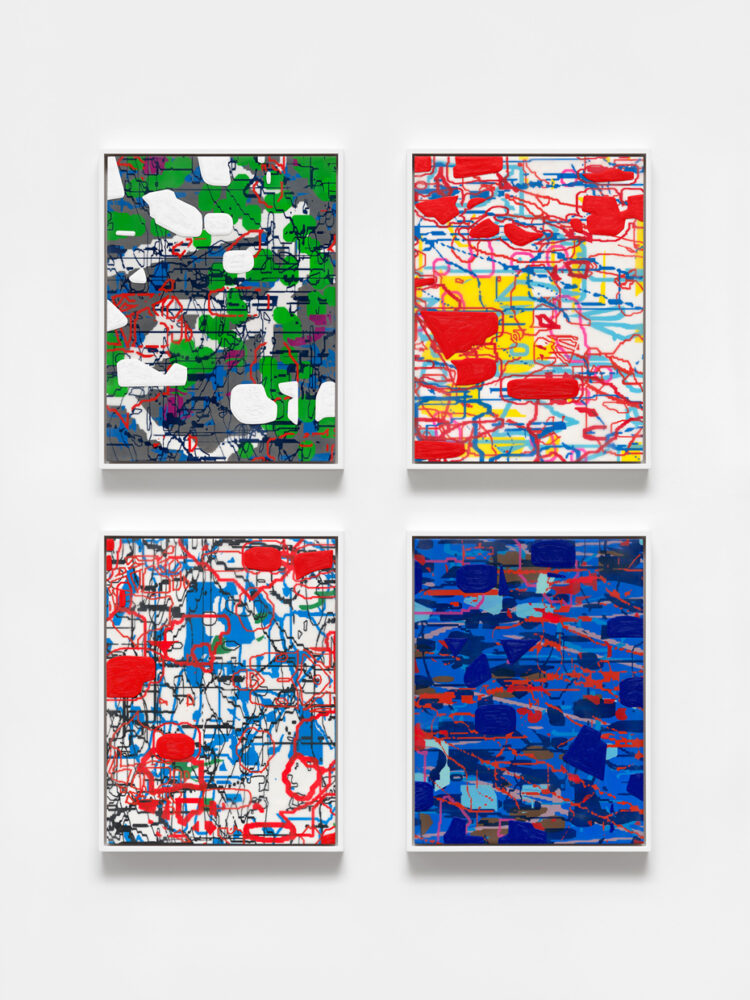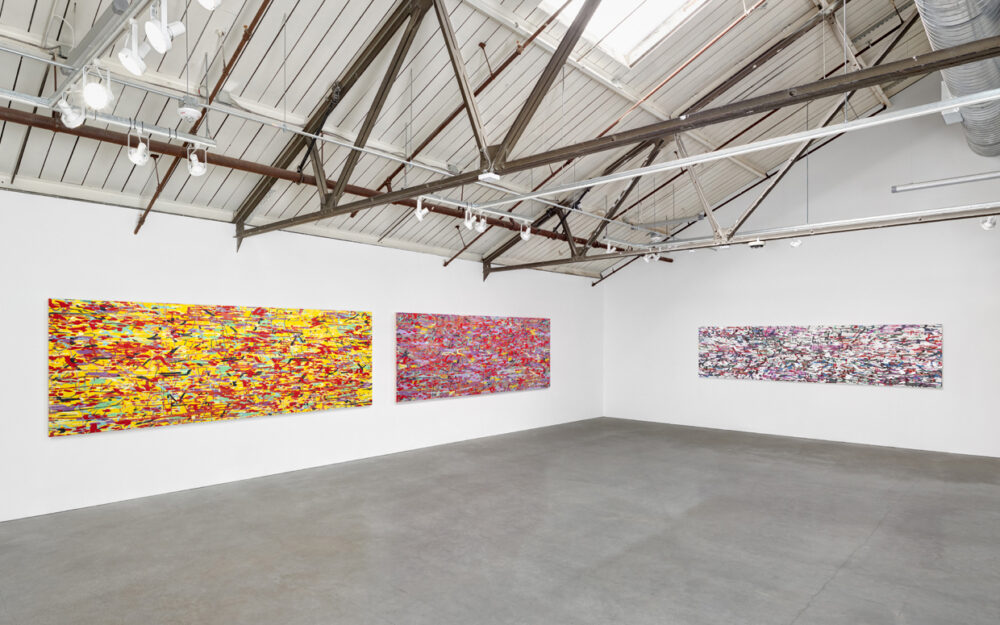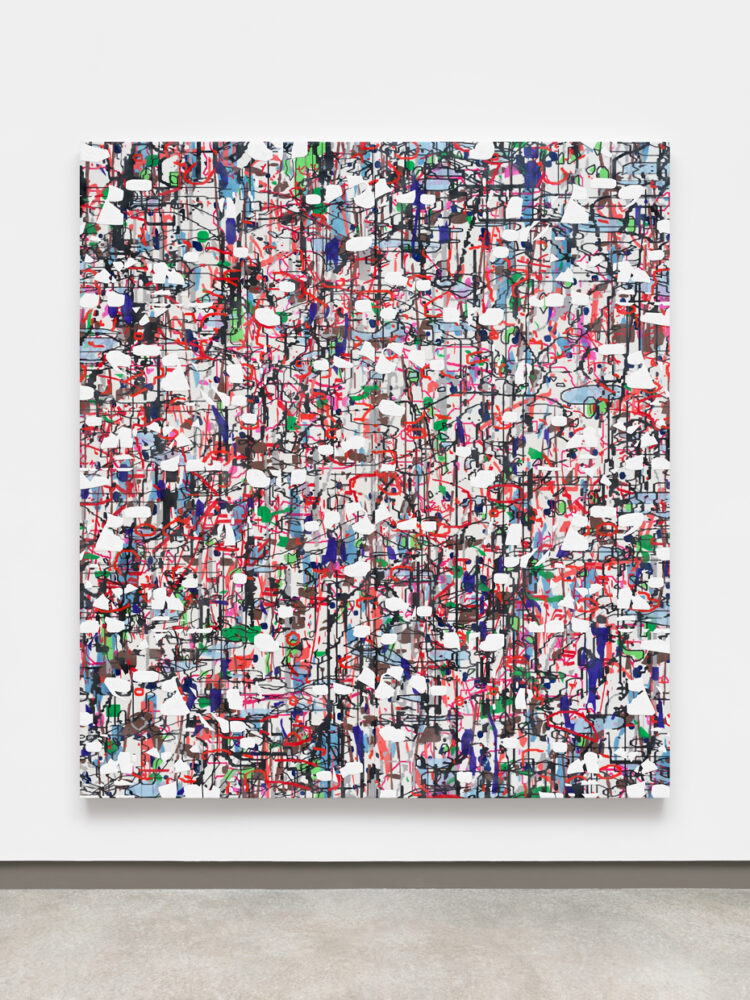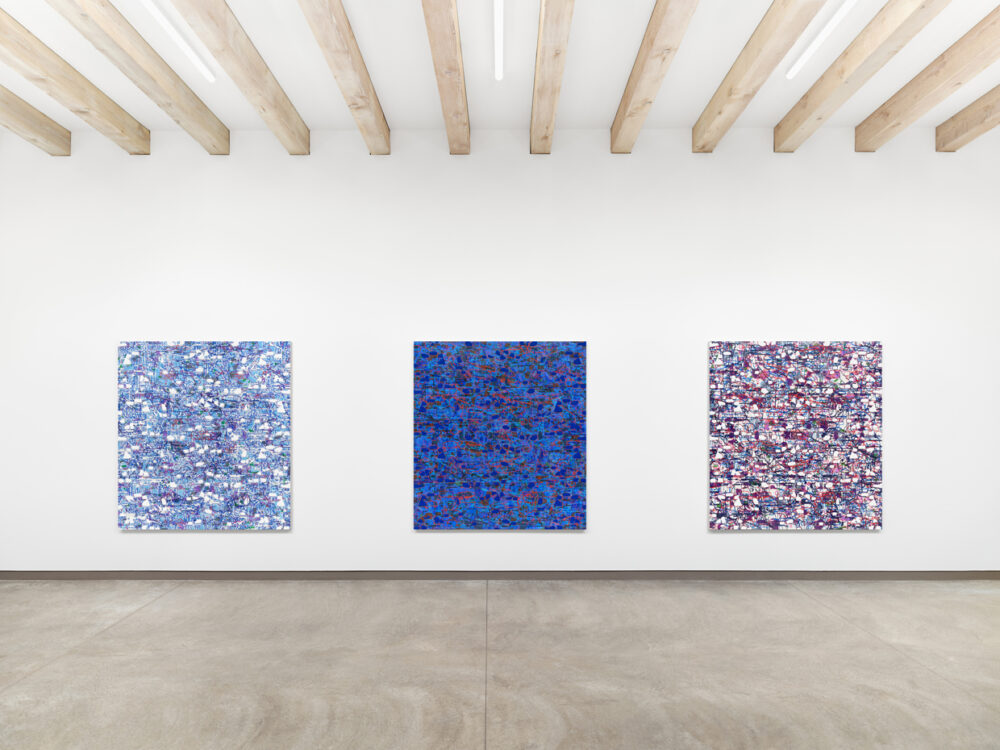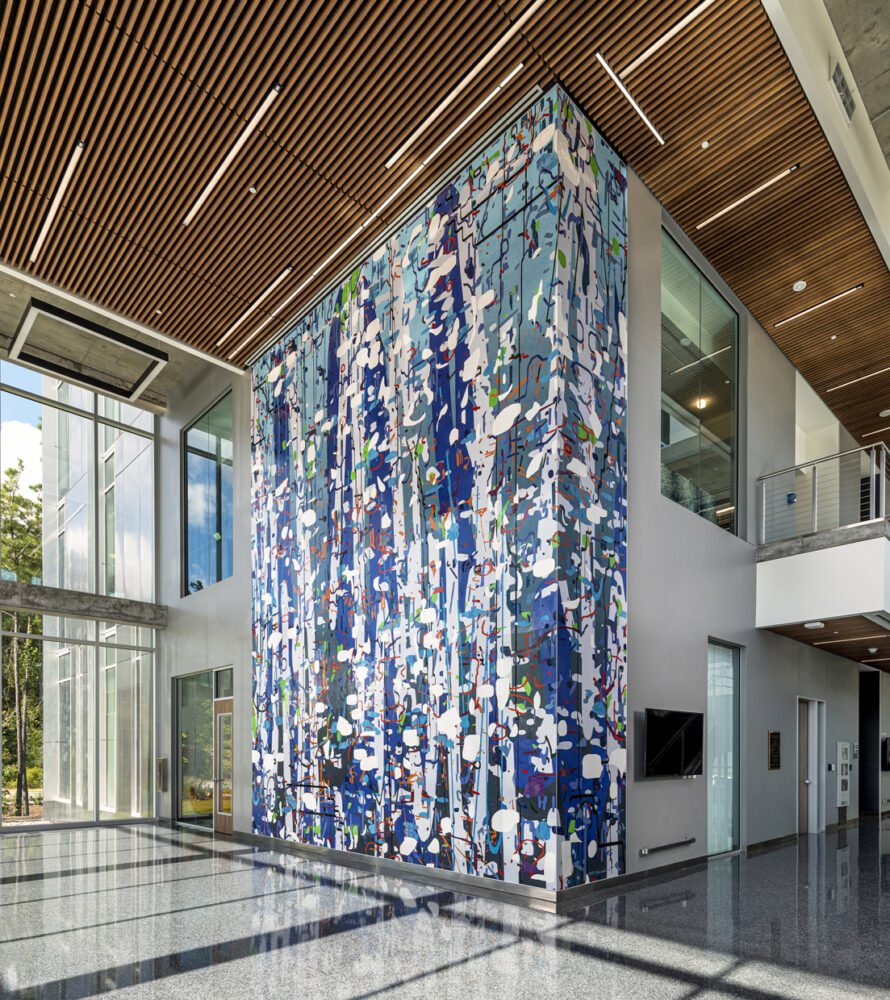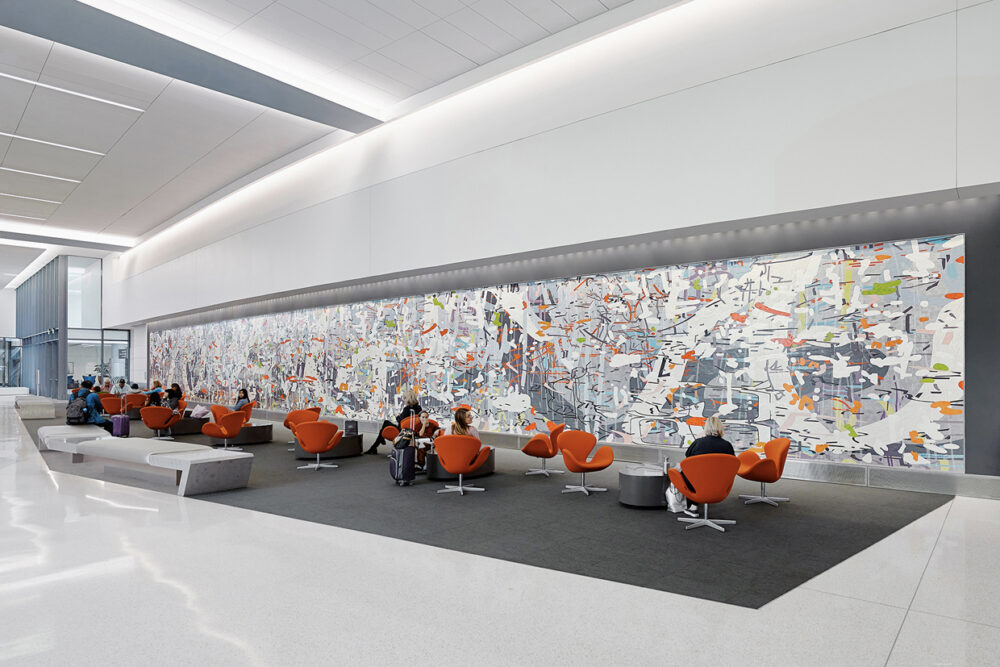Amy Ellingson’s work has been exhibited nationally and in Tokyo, Japan. In addition to the Artadia Grant to Individual Artists, she is the recipient of the Fleishhacker Foundation Eureka Fellowship and has been awarded fellowships at MacDowell, the Ucross Foundation and the Civitella Ranieri Foundation. Ellingson’s work is held in various public collections, including the San Francisco Museum of Modern Art, the Crocker Art Museum, the San Jose Museum of Art, the Oakland Museum of California, the Berkeley Art Museum, the Achenbach Foundation for Graphic Arts, and the US Embassies in Algeria and Tunisia. She received a B.A. in Studio Art from Scripps College and an M.F.A. from CalArts. Her 2015 public commission, Untitled (Large Variation), is an 1100 square foot ceramic mosaic mural, permanently on view in Terminal 3 at the San Francisco International Airport. Her commission for a new public work for the San Diego International Airport will be installed in 2024. Ellingson was Associate Professor of Art at the San Francisco Art Institute from 2000 to 2011 and has served on the Board of Directors at Root Division, a San Francisco nonprofit arts organization, since 2011. A native of the San Francisco Bay Area, Amy Ellingson currently lives and works in Santa Fe, New Mexico.
“My work confronts the enormity of contemporary digital experience while asserting the humanness of painting. Using ephemeral, computer-generated images exclusively as my source material, I create paintings that physically assert themselves through the materiality and permanence of historical media and materials. The translation from digital image to physical form is paramount. I employ a signature vernacular of marks that are predetermined through a process of digital manipulation. The resulting gestures are personal, yet neutral, created by my formal decisions as interpreted by the algorithms of computer graphics programs.
I utilize repetition and variation within a language of pure abstraction, using the computer to appropriate and repurpose aspects of my work. I translate digital imagery into substantive objects via traditional, hands-on media and processes. Recently, I have been using the data files that constitute my paintings to create related works, such as graphite drawings, bronze and glazed porcelain sculptures, and robotic drawings. The various manifestations of the data address the trickle-down and omnipresent effects of digital information, and reveal an evolving synthesis of digital and traditional artistic production.”

